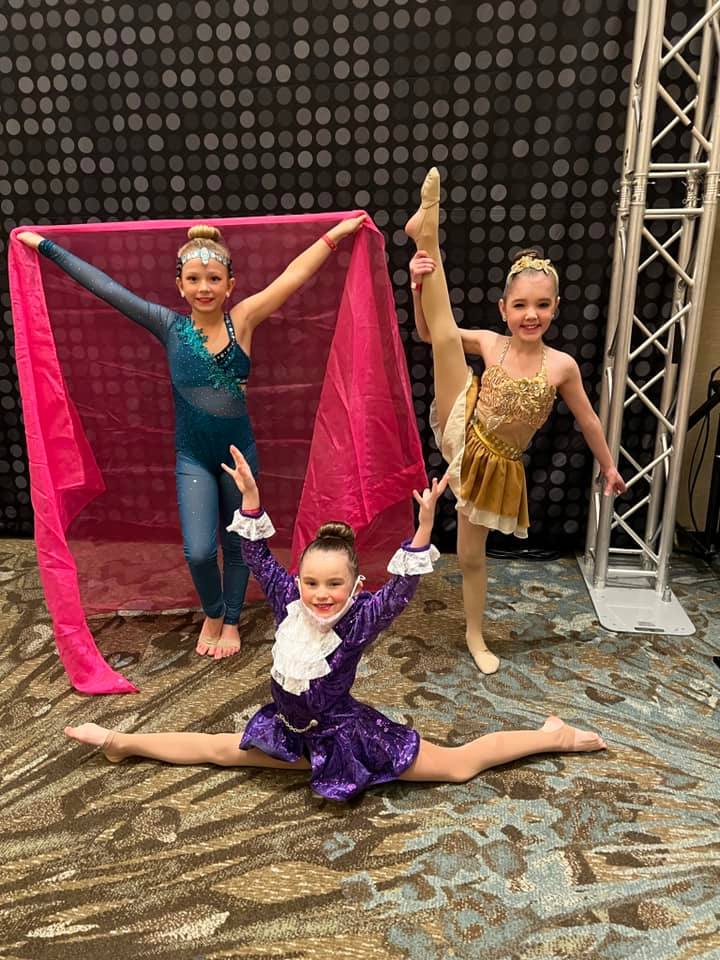On the first day of dance classes or gymnastics courses, it might be difficult to tell whether you or your child is more anxious. These are the things you need to be aware of before enrolling your young one in toddler lessons in Warwick, Rhode Island to ensure a smooth entry if you think it might be time to let them soar on their own!
The schedule and time
The majority of programs schedule toddler lessons at specific times. Avoid attempting to fit one of them in if you are aware that it will be near to your toddler’s naptime. Toddlers must get enough sleep to be alert and in the best mood possible so that they may benefit from all of the advantages.
Feed with plenty of time to digest
Because you are normally there with a snack for them, you might not notice when your child is growing hungry. Make sure they are fed and have time to digest before you bring them to class. Don’t, however, let them go too long between snacks so they get hungry. An angry youngster is seldom a good student. All that is required is a brief, healthy snack; avoid giving the child anything too substantial or you risk having a tired child on your hands!
Wear the right clothing
Although you want your child to appear adorable, when it comes to school, the style must take a backseat. To prevent them from falling over, make sure they are wearing a fitting leotard. Find anything that doesn’t hinder their ability to move about. When it comes to mobility, clothing does important, therefore when choosing their wardrobe, keep functionality in mind rather than attractiveness.
Prepare them
It could be challenging if this is your first time being apart from your child. It’s a good idea to let them know about the break and to prepare them for it. You might want to try it out first, but be aware that it might take some getting used to before they feel comfortable remaining. Sitting around watching can or might not be the greatest medicine if they are feeling a lot of anxiety. Additionally, if they are experiencing that much anxiety, they might not be prepared. If you try to push a child’s socialization or maturation, it could not go as planned because they do it at very varied rates and timeframes. When determining preparedness, it is better to allow your child to lead.





